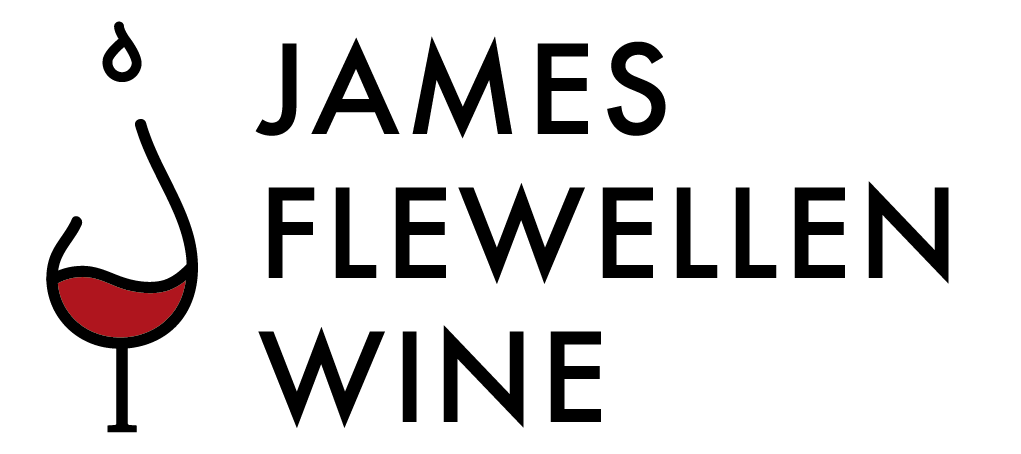The definitive list of Bordeaux appellations
I’ve been doing some research into Bordeaux wines for a project lately (infographic wine guides - a new way to learn about wine). This project requires up-to-date accurate information surveying the structure of the Bordeaux wine region as a whole, and I’ve been utterly frustrated by the misinformation I’ve found online (in the English language at least)!
Scroll down to see the full list of Bordeaux appellations.
Yes – French wine classifications can be confusing. The laws do change over time; new appellations are created and old ones removed. However, it’s not impossible to be accurate, and it’s lazy or misleading to present vague information or that which is demonstrably false.
Whilst there are some excellent wine writers and communicators out there who do provide accurate portraits of Bordeaux (e.g. Gavin Quinney’s Bordeaux vintage reports are amazing), they often focus on particular regions rather than the area as a whole. The more general overviews of the region certainly do have their place (e.g. Wine Folly’s Bordeaux 101); however, they are not exactly pinnacles of completeness nor accuracy. Even the official Bordeaux wine website mixes things up (and has different content for different languages).
Appellation or Dénomination?
Some sources confuse up the difference between an appellation and a dénomination. An appellation is the major term relating to the wine region. A dénomination is a place name appended to the appellation, which works to constrain the geographical area the grapes which constitute the wine may come from; however it does not mean the wine comes from a different appellation. An example in the Bordeaux area is the Entre-Deux-Mers appellation. There is also a denominated place within the Entre-Deux-Mers appellation called Haut-Bénauge. But a wine labelled “Entre-Deux-Mers Haut-Bénauge” is still technically from the Entre-Deux-Mers appellation – not a different appellation.
And some sources confuse the fact that an appellation might be legislated to make both white and red wine (some appellations in Bordeaux can only make one, so it is worth noting which can make various wine styles) and say that counts for two different appellations. For instance Graves blanc is the label for dry white wine from the Graves region, and Graves rouge is the label for red wine from the same region. These two cases involve wine from the same appellation – Graves.
In the course of my research I have trawled many internet sites, books and vintage reports, comparing them all and cross-referencing them with the ultimate source – the legal text of the French legislation which actually prescribes the basis of the appellations. (You can find this on the website for the Institut national de l'origine et de la qualité (INAO) – it’s quite the enthralling read.)
The complete list of Bordeaux appellations
And so, for your reading (and geeky wine statisticking) pleasure, I have created a definitive list of the 38 distinct appellations that I have identified in Bordeaux below. If you'd like to learn more about Bordeaux and other wine regions of France, check out my comprehensive wine guides here.
Médoc (red only)
Haut-Médoc (red only)
Saint-Estèphe (red only)
Paulliac (red only)
Saint-Julien (red only)
Margaux (red only)
Moulis (red only)
Listrac-Médoc (red only)
Pessac-Léognan (red & dry white)
Graves (red & dry white)
Graves Supérieures (sweet white)
Cérons (sweet white)
Sauternes (sweet white)
Barsac (sweet white)
Blaye (red; very small production)
Côtes de Blaye (dry white; very small production)
Côtes de Bourg (red & dry white; aka ‘Bourg’)
Fronsac (red only)
Canon-Fronsac (red only)
Pomerol (red only)
Lalande-de-Pomerol (red only)
Saint-Émilion (red only)
Saint-Émilion Grand Cru (red only; same area as Saint-Émilion but with more strict rules for making the wine)
Lussac Saint-Émilion (red only)
Montagne Saint-Émilion (red only)
Puisseguin Saint-Émilion (red only)
Saint-Georges Saint-Émilion (red only)
Entre-Deux-Mers (dry white only)
Entre-Deux-Mers Haut-Bénauge is a denominated sub-region
Graves de Vayres (red, dry white & sweet white)
Loupiac (sweet white)
Cadillac (sweet white)
Saint-Croix-du-Mont (sweet white)
Côtes de Bordeaux (red only)
Blaye Côtes de Bordeaux is a denominated sub-region (red & dry white)
Cadillac Côtes de Bordeaux is a denominated sub-region (red only)
Castillon Côtes de Bordeaux is a denominated sub-region (red only)
Francs Côtes de Bordeaux is a denominated sub-region (red, dry white & sweet white)
Sainte-Foy Côtes de Bordeaux is a denominated sub-region (red, dry white & sweet white)
Côtes de Bordeaux Saint-Macaire (dry white & sweet white; small production)
Premières Côtes de Bordeaux (sweet white; small production)
Bordeaux (red, rosé, clairet, dry white & sweet white)
Bordeaux Haut-Bénauge is a denominated sub-region (dry white & sweet white)
Bordeaux Supérieur (red & sweet white)
Crémant de Bordeaux (traditional method sparkling; dry white & rosé)
The first 14 entries are from the so-called ‘Left Bank’. Entries 15 – 27 are from the so-called ‘Right Bank’. Entries 28 – 32 are from the ‘Entre-Deux-Mers’ area (not the same geographical area as the Entre-Deux-Mers appellation). Entries 33 – 35 are from other regions spread throughout Bordeaux. And the last three entries can be made from grapes grown anywhere within Bordeaux (excepting the Bordeaux Haut-Bénauge denominated area).
Disclaimer: List current as of date of publication and all appellations have been checked to the best of my ability. My French is passable, but I am definitely not fluent, so if you have any corrections to this list, please tell me, and provide an accompanying source.


